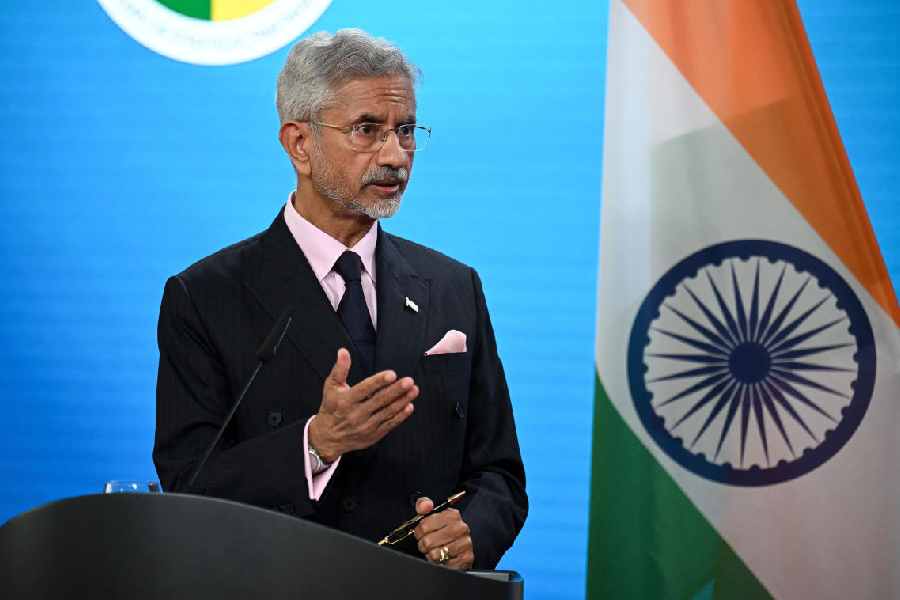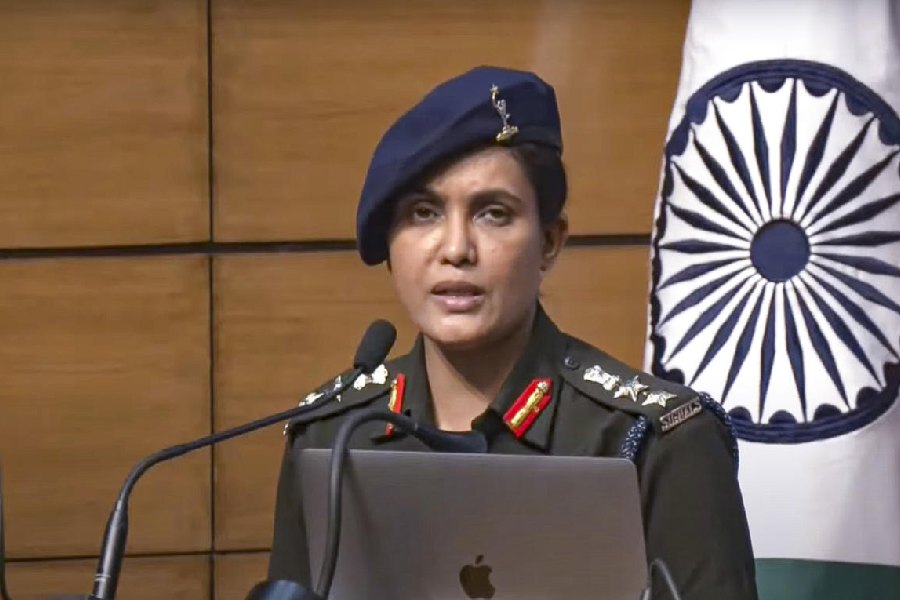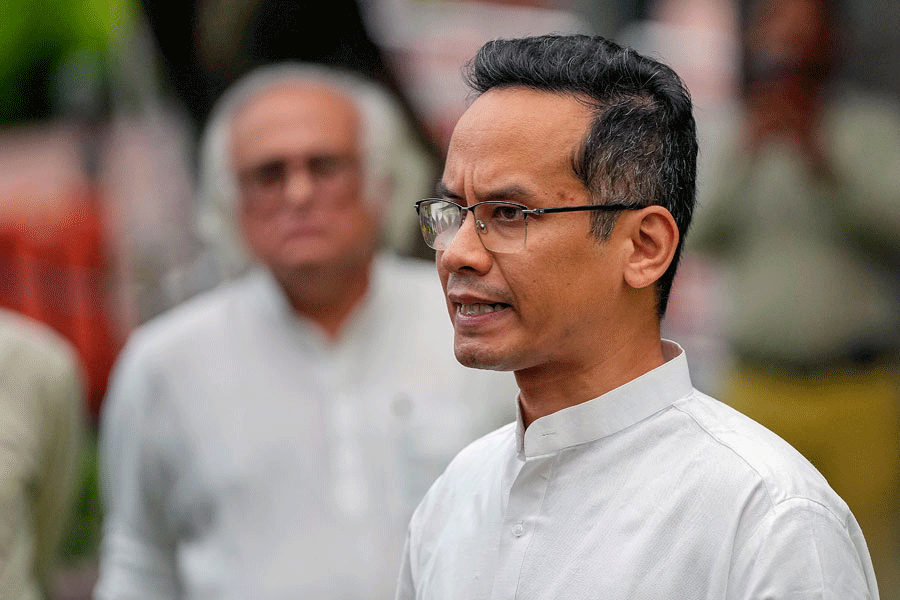 |
| Maninder, who allegedly tried to commit suicide |
New Delhi: Maninder Singh’s alleged suicide attempt may have come as a shocker but history shows cricketers, unlike other sportspersons, are more prone to take their own lives.
English cricket fraternity was numbed when David Bairstow (1951-1998) hanged himself at his home in 1998 at the age of 46.
Bairstow, who played four Tests and 21 one-dayers, succumbed to depression. Plagued by injuries, financial woes and an ailing wife, it was almost ironical that a combative cricketer gave in to circumstances and killed himself.
Sussex cult figure Tommy Cook (1901-1950) was no less a fighter. A multi-faceted genius who survived both the world wars with the royal navy and the South African Air Force, Cook was a good enough footballer to win an England cap and was Sussex’s batting mainstay when Duleepsinhji was away.
Separated from wife and tired of battling physical as well as mental ailments, Cook decided to end his life a month before his 49th birthday.
New South Wales-born Tom Wills (1835-1880) was similarly versatile and he, along with cousin Henry Harrison, is regarded as one of the inventors of Australian rules football.
Grandson of an Englishman banished to Sydney for highway robbery, Wills became a vociferous advocate of the rights of free settlers.
At the age of 21, he became Victoria’s best known cricketer and post-retirement, in 1868, he coached the first Australian team, an all-aboriginal side, to tour England.
He later turned an alcoholic and was 44 when he stabbed himself to death with a pair of scissors.
Wills’ statue greets the crowd at the Melbourne Cricket Ground and the sculpture reads: “did more than any other person — as footballer and umpire, co-writer of the rules and promoter of the game — to develop Australian football during its first decade.”
Even more shocking, gory too, was Somerset player Percy Hardy’s (1880-1916) death. His body was found on the floor of a lavatory at King’s cross station. His throat was slit and the blood-stained knife was found by his side.
Hardy, however, had a different reason to end his life he was distressed at being sent back to the World War I battlefield.
These are not isolated events gleaned from the vast history of the game.
In his melancholic 2001 book ‘Silence of the heart’, journalist-author David Frith catalogued 150 professional cricketers who had committed suicide.
Incidentally, the book’s original avatar had come out in 1990, titled ‘by his own hand’, which listed 80 cricket suicides. In an early 2004 interview, Frith claimed having finding a dozen new cases.
Frith’s list included more familiar names who committed suicide for various reasons.
Former England captain Andrew Stoddart (1863-1915) — also a rugby international — shot himself in the head, as did Arthur Shrewsbury (1856-1903).
While England swashbuckler Harold Gimblett (1914-1978) adjudged Cricketer of the Year 1953 by a British magazine — succumbed to mental problems, RC Robertson-Glasgow’s (1901-1965) suicide baffled his fans who could not fathom how a man of infectious laughter could end his own life.
Albert Trott (1873-1914) played for both Australia and England before pulling the trigger to end a pathetic life at a Middlesex hospital where he had been lying ill without any hope of recovery.










